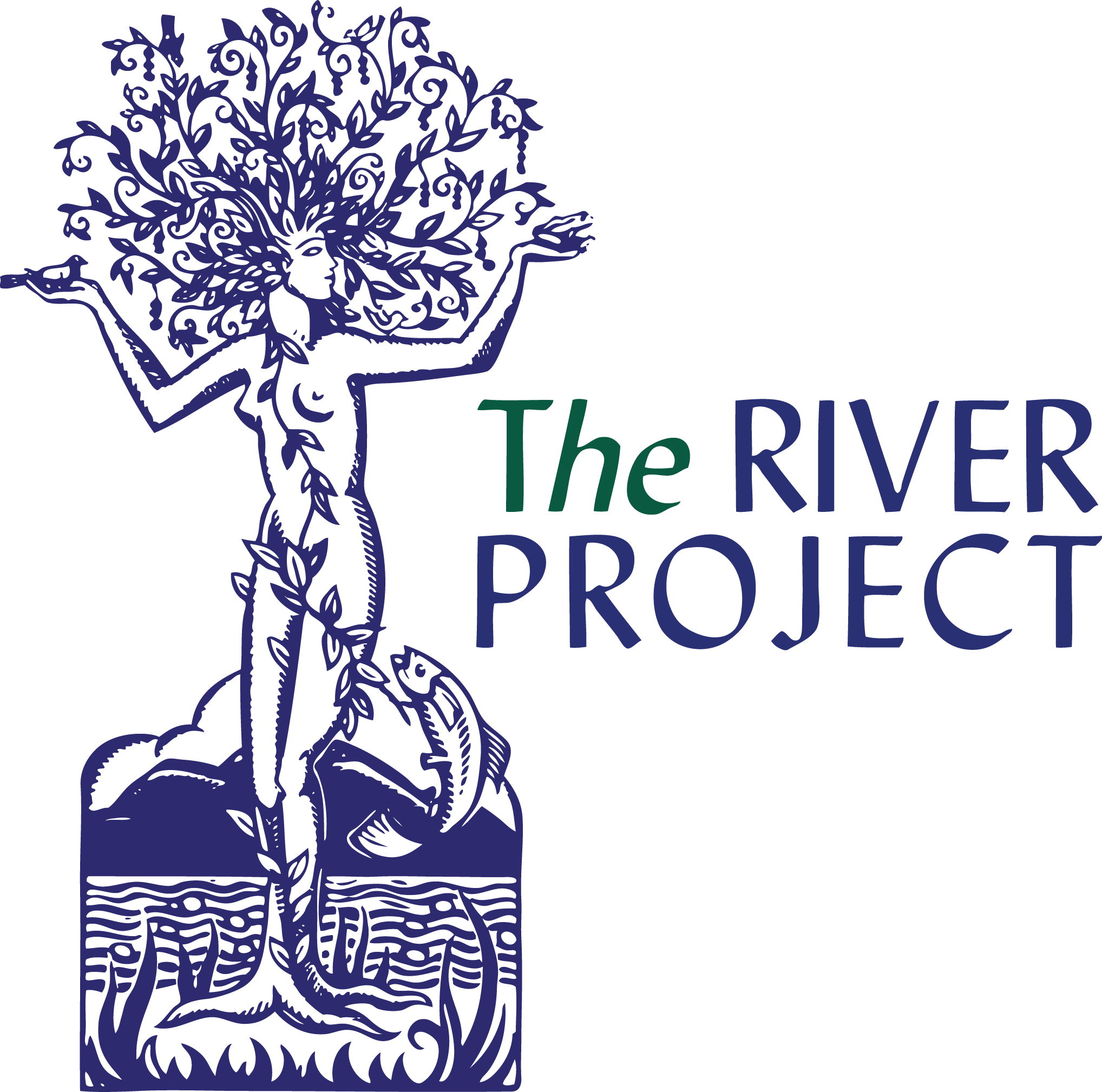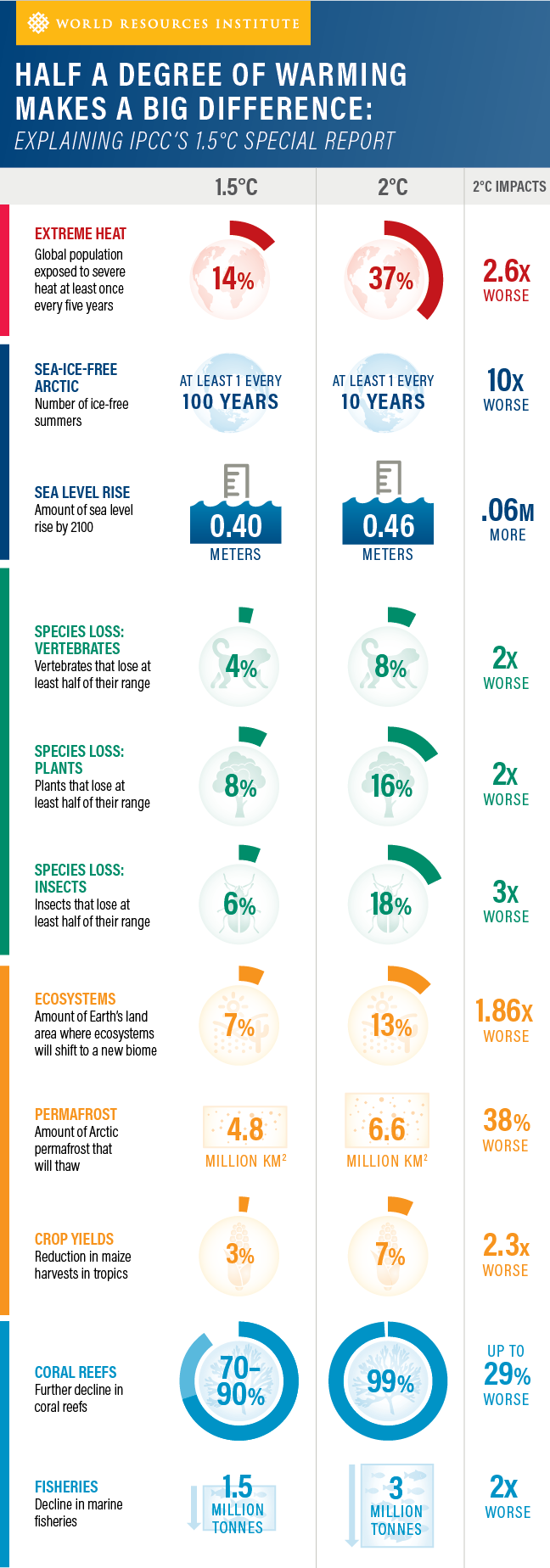Climate Change
Our climate is changing. We have significantly altered the land, water, and air across the planet, and we continue to make unprecedented changes. With all this change, we can’t expect natural systems to stay the same.
2011–2020 has been the hottest decade ever—in fact, 20 of the last 22 years have been the hottest in recorded history with 2016, 2019, and 2020 topping the list.
Even if we stopped producing all greenhouse gasses today, we would still see increased warming for hundreds of years to process what is already in the atmosphere. This and our continued actions are accelerating a global rise in temperatures on track to be greater than what has happened in over a million years. We have not seen such a change since long before human civilizations.
What CAUSES climate change?
Too many greenhouse gasses in the atmosphere trap too much heat from the sun. As the Earth heats, the arctic and glaciers across the world melt and increase sea levels, the chemical composition of oceans change, and air and water currents that drive storms slow down resulting in bigger, slower moving storms. Plants dry out faster, ocean life struggles, floods happen more often, and all life has less food, water, and shelter.
Greenhouse gasses mostly come from burning fossil fuels (coal, oil, and gas) and damaging natural resources like forests, wetlands, and oceans. Fossil fuels are mostly burned to light and heat buildings, process and transport food and goods, drive cars, and fly planes. Natural resources can be significant in absorbing greenhouse gasses when they are healthy but release them when they are destroyed—by building over them, harvesting them, and creating chemicals, trash, and nutrient loads like fertilizers that are too much for them.
OUR CURRENT CLIMATE CRISIS
The United Nations (UN) invited the Intercontinental Panel on Climate Change (IPCC) to develop a special report following the Paris Climate Agreement, which was completed in October 2018. Collectively 91 authors from 40 countries with thousands of expert and government reviewers citing 6,000 studies found that the catastrophic consequences of a 2° Celsius increase above pre-industrial levels would actually be realized by 1.5°.
We have already increased global temperature by about 1°, increasing at a rate of about 0.2° a decade and accelerating
At our current rate we are likely to reach 1.5° increase by 2030
These findings have been supported by the US 2018 Fourth National Climate Assessment issued by 13 federal agencies.
If we fail to significantly reduce emissions and absorb greenhouse gasses already in the atmosphere our world will become unrecognizable. Within decades, most of the world’s coral reefs will be bleached. Sea levels will continue to rise. Habitat loss will be greater than 50%. Most important staple foods in the world such as corn, wheat, and rice will not be able to be grown in many of the major producing areas today. Storms are already less frequent and more intense, resulting in record-breaking droughts and flood all over Earth.
These changes are already driving the largest migration of people there has ever been, with famine, disaster, and resource scarcity resulting in social instability in vulnerable regions and beyond.
The Los Angeles metropolitan area is already prone to droughts and floods. The US Geological Survey (USGS) ARkStorm (1,000-year atmospheric river event) is already projected to be just as likely as the biggest earthquake situation, and result in three times as much damage. More than half of all people vulnerable along rivers and floodways in the LA metropolitan area are recognized by the State as economically disadvantaged.
TAKING ACTION
The National Institute of Building Sciences 2017 found that the nation can save $6 in future disaster costs for every $1 spent on hazard mitigation, to say nothing of lives. Working toward climate resilience is not only responsible, but increasingly necessary.
According to the Fourth National Climate Change Assessment the US has already exceeded $1.1 trillion in costs from extreme events since 1980. By 2100 working to address climate change will save hundreds of billions of dollars and thousands of lives.
Climate resilience is both managing to be prepared for inevitable disasters, and also working to reduce emissions and impacts on vital systems.
Protecting and restoring floodplains reduces flood risk while significantly absorbing carbon and other pollutants, supporting water supplies, providing cooling, and many other associated benefits
Restricting development in the wildland urban interface (WUI) reduces fire risk, erosion, and flood impacts
Investing in nature-based solutions can simultaneously realize carbon targets, water supply and water quality needs, urban cooling, habitat and ecological stability, and economic stability
Reducing the use of carbon-intensive concrete (8% of world’s emissions) and other high-impact materials significantly reduce greenhouse gas emissions, and unpaving provides more opportunity for nature to function through nature-based solutions
37% of climate targets needed through 2030 could be managed through natural solutions including forests, wetlands, grasslands, and agriculture
There is a lot that individuals can do to make a positive impact. Conserve, consume less and more gently, take care of the land, and help organize. Take Action!
Difference between 1.5° and 2° C increase in global temperatures infographic from World Resources Institute (original article)

